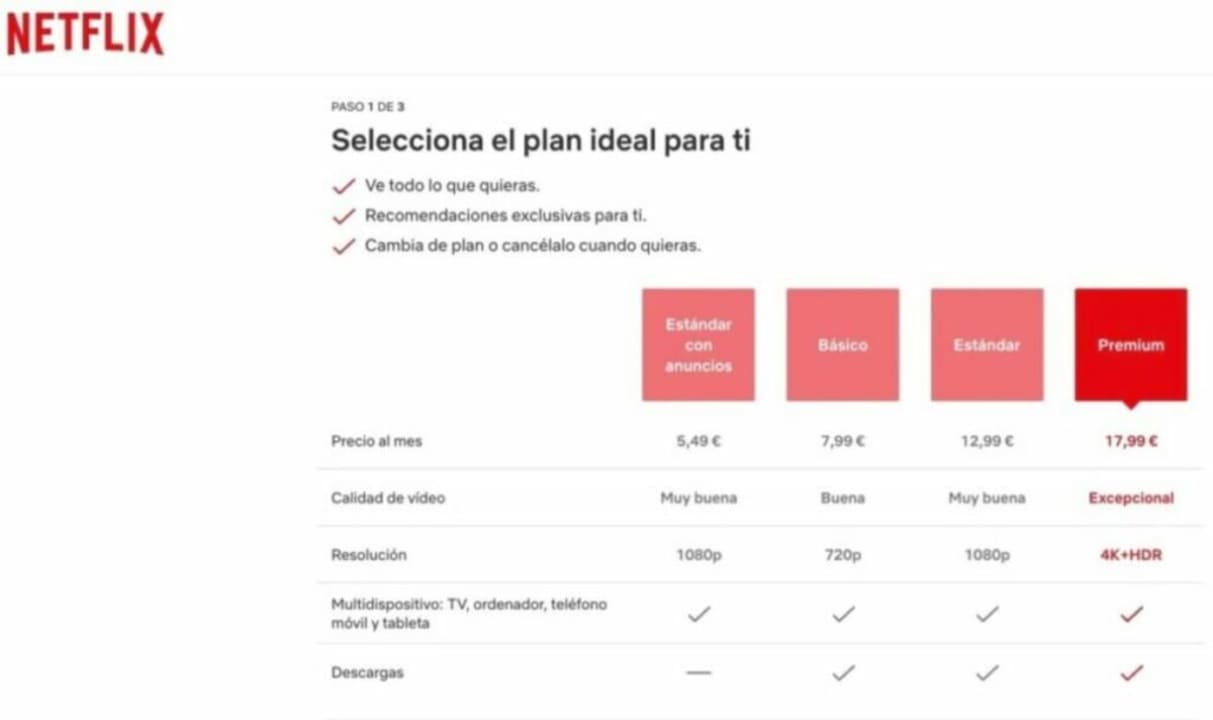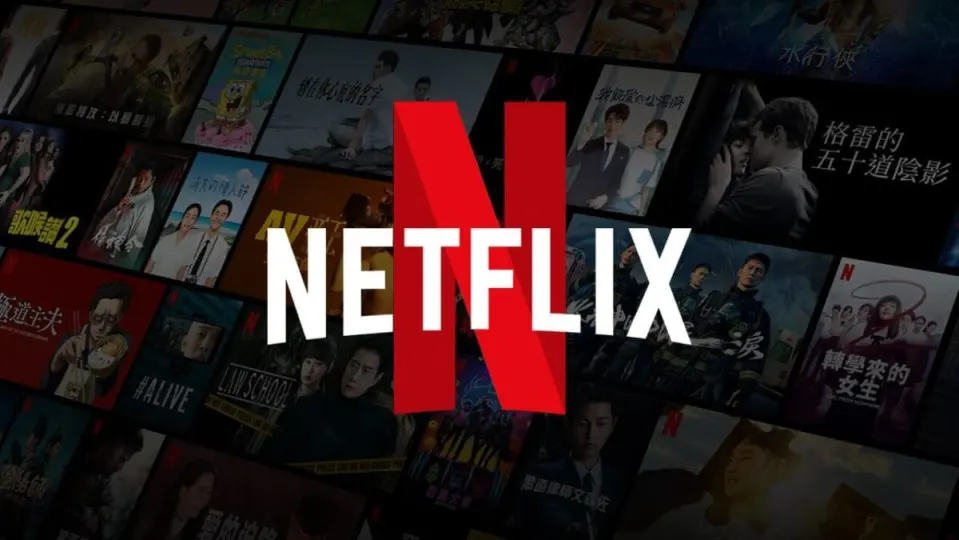For the past two years, Netflix has become a service that frustrates rather than delights its customers. And this is due to the decision to cut back on production, options, and user rights.
It already happened to us with the end of shared accounts, the cancellation of some of the best series on the platform and the addition of plans with ads that they have wanted to sell us so much. And they return to the attack at this point.
Once again, Netflix has quietly changed its rates. Although no official announcement has been made, the streaming service’s plans and prices page no longer offers the option of contracting its Basic plan in the United States and the United Kingdom.

This means that the Basic plan, which served as a bridge between the lower-priced €5.49 per month plan with ads and the more expensive ad-free Standard plan priced at €12.99 per month, is no longer available for new subscribers or those rejoining.
However, anyone already subscribed to the Basic plan, which costs €7.99 per month, can remain subscribed at this level until they decide to switch plans or cancel their account.
As a result of the change, there will now be only three options to choose from. New subscribers can select from the Standard plan with ads, Standard plan without ads, and Premium plan without ads, based on the plans and prices available on the company’s website for the US and UK.
The cheap plan that is profitable is with ads, lots of ads
We had a sense that this change was on the horizon. We had noticed subtle signals from the company, such as deliberately hiding the Basic plan on their website, which gave us the impression that Netflix wasn’t really interested in subscribers at the Basic level without ads since the beginning of the year.
Reading between the lines, this move is seen as part of a broader push in the streaming space to generate more advertising revenue.
And it seems to be working. According to Netflix’s first-quarter shareholder letter, published in April, since launching their ad-supported option in November 2022 in Canada, the US, and other countries, they have seen subscriber growth. It might be working for them, but we’re not convinced.
Some of the links added in the article are part of affiliate campaigns and may represent benefits for Softonic.


